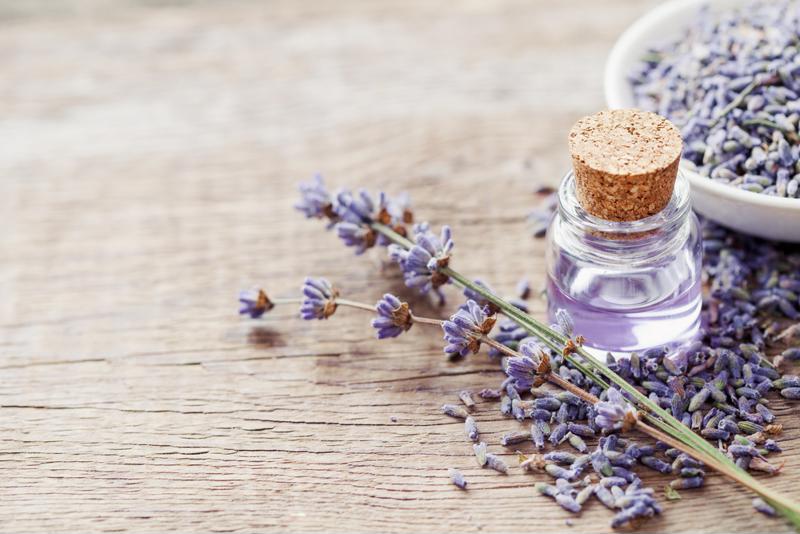
Seniors with arthritis are all too familiar with the painful symptoms of their condition. Achy joints can make walking, eating, and getting out of bed difficult. Many individuals turn to a holistic method of treatment, including both prescription medications and naturopathy in their regimens. Read on to learn more about alternative arthritis treatments:
Acupuncture
You may have heard of acupuncture, but many people are afraid to try it! This ancient Chinese art involves inserting tiny needles into the skin at certain points of the body to change a person’s energy. The needles are tiny, and most patients claim they barely hurt.
“Most patients claim acupuncture barely hurts.”
People who have arthritis may benefit from receiving acupuncture for the joints that bother them most, typically the knees, elbows, back, hands, and feet. Some acupuncturists also use heat or a minuscule electric current to increase the healing effects of the needles. Talk with your doctor before trying these treatments to ensure they will not interfere with other health conditions, such as those that affect the nervous or cardiac systems.
Applying Heat
One of the most common ways to reduce arthritis pain without prescription medication is to apply heat. You can make a heat pack by filling a clean sock with uncooked rice. Add several cups’ worth to plump up the sock and provide ample warmth. Then, dampen the sock a little with water and place it in the microwave. Heat for 30-second intervals until the sock feels warm to the touch. Apply the heat pack to whatever hurts. This is especially useful when traveling as you can easily locate a microwave just about anywhere and quickly reduce your pain. Some people add a few drops of their favorite essential oils to the rice so the sock smells good when it is heated up and offers further relaxing benefits. You can also bathe if your pains are more spread out, or you can enjoy being warm all over. Add some Epsom salts to the water for extra pain-relieving power.
Light Exercise
When you’re in pain, being active is likely not the first thing that you think of to treat the issue. For arthritis, though, getting moving can prove helpful in addressing aching joints. As people age, their bodies don’t produce as much synovial fluid. This important material is a lubricant to make using your joints fluid and comfortable. People with arthritis have even less synovial fluid than those without the condition, which can lead to pain. To improve your joint lubrication, try light exercises. Isometric workouts, yoga, and swimming are great, low-impact activities that can improve your symptoms and give you a little workout.

Aromatherapy
Arthritis Research UK noted that some older people use aromatherapy as a way to manage arthritis pain. This complementary treatment involves using essential oils to reduce aches.
Some people inhale the oils, mix them with carrier oils, and apply the product directly to their skin. If you want to try aromatherapy, always add a carrier oil such as olive or coconut to the essential oil before putting it on your body. Essential oils are highly concentrated and may cause an allergic reaction if not diluted. You can add a few drops to a humidifier or an oil diffuser to make your home smell nice and provide the benefits of aromatherapy through inhalation. The Arthritis Foundation wrote that there are a few oils to try:
- Lavender
- Chamomile
- Eucalyptus
Other options, such as peppermint and citrus, can boost energy, while vanilla is calming. You can even mix your favorite scents to address arthritis pain, stress, or anxiety.




